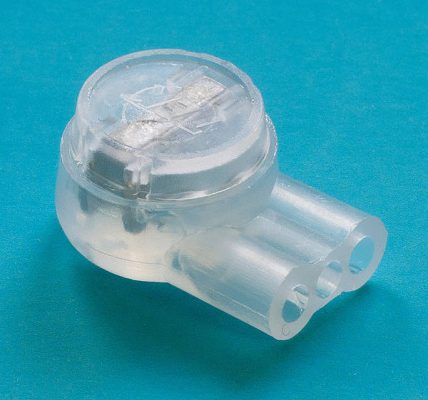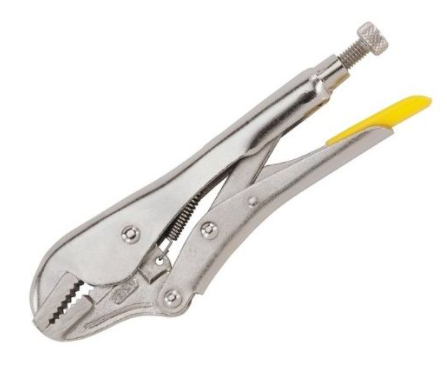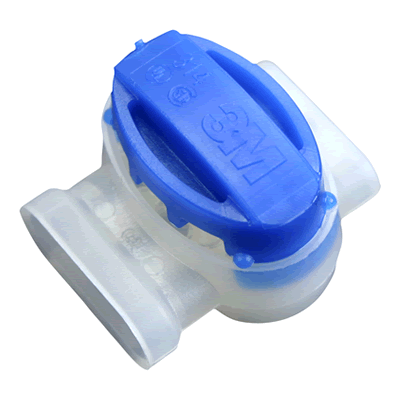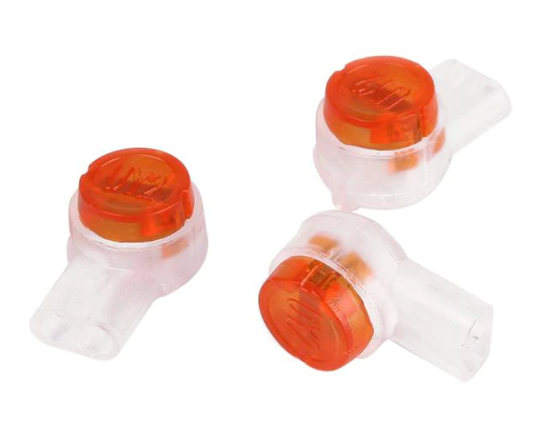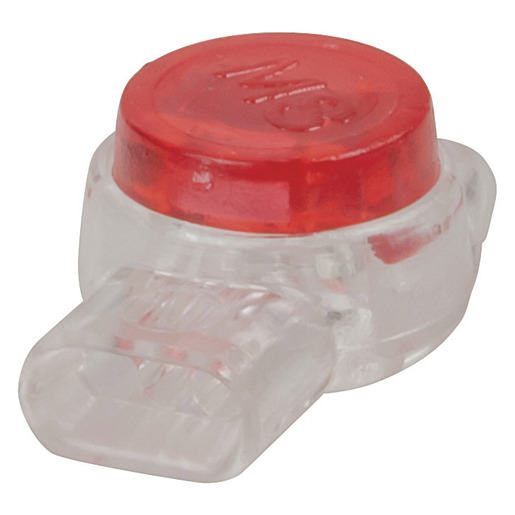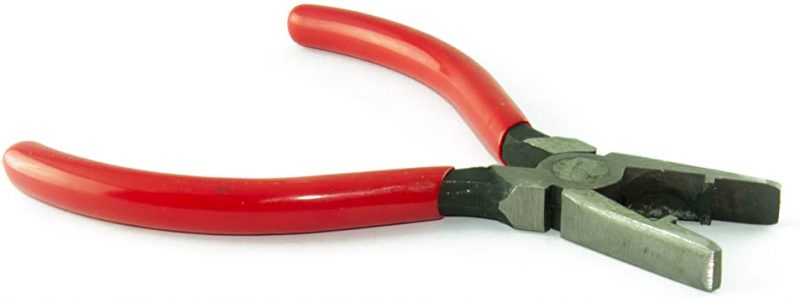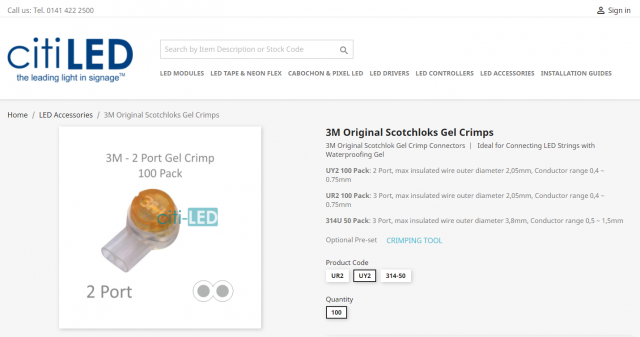Activity Feed › Forums › Sign Making Discussions › Neon, LED, Lighting › LED wire connector problem, advice needed please?
-
LED wire connector problem, advice needed please?
Posted by Stephen Ingham on January 22, 2022 at 10:38 pmHi guys,
a long time since I posted…I would appreciate a little help if possible with an electrical issue I seem to be seeing quite regularly at the moment…
We commonly use the gel type connectors when wiring up led modules but recently I am being called out to LED signs not working only to find that one of the gel connectors have burnt and melted causing the connection to fail.
Now I am not an electrician and wouldn’t claim to be, however, I can’t figure the problem out, the power supply is only 12v, max 150w and the modules are about 1w each.
So what could be causing them to burn out?
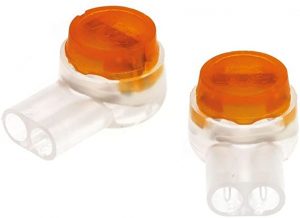
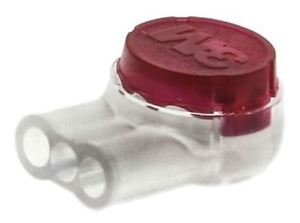 Khalid Bashir replied 2 years, 6 months ago 5 Members · 10 Replies
Khalid Bashir replied 2 years, 6 months ago 5 Members · 10 Replies -
10 Replies
-
Hi Steve
Not all wires or gel crimps are the same mate,
Possible causes of Gel Crimps failing/melting:
1. Poor connection
The crimping action doesn’t always create the desired connection, especially when you are on site, or in a rush in the workshop. You may find when you tested the sign it was all good. But you can’t actually see the connection ie, if only a very small section of the outer PVC insulation was stripped in the crimping process then the conduction would be poor. This will eventually cause overheating and melt the copper strand/s which were conducting electricity. Its a good idea to check the gel all gel crimps are bedded flat to the top surface of the crimp body.
2. Overload using incorrect wire gauge
I hear a lot of the time, sign makers using speaker or bell wire for connecting LED strings together and more dangerously using the speaker wire to make connections of multiple LED circuits to a single LED Driver. If the Driver is not fitting within the sign, typically fitters will combine the circuits close to the LEDs into a connector block and then route a twin core flex to the LED Driver. This section of the wire must be of a higher rating than the wire used to join single LED strings (depending on the no. of LEDs and the load in total). Wires have specific maximum load amperage ratings which should not be exceeded. If exceeded the wire will most likely melt. Using gel crimps limits your choice due to the size of the holes in the crimps, hence always us the the thickest guage wire possible, from memory the gel crimp in your photo will take a 0.75mm CSA wire with a max 2.08mm outer diameter. 0.75mm is typically about 6Amp so the total permissible load at 12V would be 72W
Also be warned that cheap wire is Copper Clad Aluminium (CCA) this wire is has inferior conductivity to solid copper stranded wire, and hence more likely to melt. Cheap speaker wire is made from CCA
3. Gel Crimps
Unknown to most, Gel Crimps were designed for low voltage telecommunications use, These are not rated nor are they recommend for 12V or 24V signage applications. BUT we see them doing a good job all the same most of the time when used with care, as mentioned in points above. 3M UR2 and 3M UY2 are better to use, but again be warey there is alot of counterfeit substandard chinese knockoffs on ebay and amazon. I would recommend 3M/Corning packaged product only.
How many LEDs are you connecting to the Gel Crimp? Do you have a photo of the burnt out gel crimp in order to identify the cause from the points mention above.
I hope it helps.
-
I use the 3M gel connectors. As has been said already, the crimp can be temperamental in as much as it connects but only just. it’s very important to make sure you use a good crimping tool and get the connector crimped tight and flat. if you try it with pliers the crimp can sit squint so the connection is not 100%.
-
No problem Mark,
That’s sound advice from Peter, When using pliers the crimps do not compress totally due to the angle, so it’s a good idea to buy the Preset Tool, well worth it for less than a tenner. But if you have a mole grip they do a great job, you simply set the grip to the desired setting and you’re pretty much compressing with flat downward force, good as’ if not better than the Preset Tool 😉
-
This reply was modified 2 years, 6 months ago by
 Khalid Bashir.
Khalid Bashir.
-
This reply was modified 2 years, 6 months ago by
-
I had an issue with a gel connector which was caused by “not” taking my time and using the wrong crimping tool. ie. Pliers!
I was using the 3M connectors which I crimped and it did the job quickly and easily.
I tested it in the workshop and all was good. 👍
When installing the sign the following day. we noticed a slight flicker after turning it on. but all was good and we left!
Two months later the customer calls to say one area of the sign has gone out!
I had a look and it was the same area that flickered during the installation. So I took the sign down and while we did, the dark area illuminated, then went out again. 🤔
Once I had a proper look at it, I found that it was the gel connector. I could see that the crimp pad that we compress to make the connection, was very slightly, sitting at an angle. So it had connected but only just. The gel had solidified by now, so…
I quickly snipped it off and slid on a new one. it illuminated with no more issues, till this day!It’s one of those lesson learned moments, and really is! every time I, or one of the lads in the workshop connect up LEDs I ask them to double-check all the crimps are flat crimped and illuminating, “even with a bit of a wiggle” to try and make it flicker. takes seconds to check and worth the possible issue further down the line, as I experienced. 😳
The gel connectors are much quicker, easier and look much neater/professional than a traditional connector block, and they obviously seal the connection point once the gel dries.
As the saying goes, “every day, is a school day”. 😀
P.S. sorry Steven, my story won’t help with regards to one melting, mate. 🤨
-
Eh up! I think there maybe a dodgy batch of connectors being sold in the country or cheaper unbranded copies. What a coincidence, I had a customer based in West Midlands, phone in asking whether we have “Genuine 3M” in stock. It appears he has suffered the exact same fate as Steven.
Rob’s advice makes sense, I can’t imagine nothing worse for work flow than having to come off fulfilling a new order, instead having to waste half or a full day fixing a daft wee connection with all the agro to boot 😡
-
where do you buy these pliers lads?
or even what are they called?
-
Hi guys, thanks for all of your replies.
We usually use 0.75mm twin flex, my workshop manager insists that we strip the insulation, being stripped back so only bare wire is going into the connector, we also use the specific/ correct pliers to crimp them.
I will pass all of the replies onto my boss and see what he can make from it all.
Many thanks guys
-
Ah, you should never strip pvc m8, thats your problem.
Extract from 3M Scotchlock Connectors Datasheet:
Scotchlok butt connectors
employ a specially designed, wire
insulation displacement contact
to make a reliable electrical
connection to each wire. A “livespring” joint is made by driving
the wire down into the “U”
contact connector. This simple
process displaces the insulation
and grasps all conductors with
a firm, resilient pressure, all in
one motion.“No stripping of wire
insulation required”Scotchlok
butt connectors include a
factory-installed sealant to
protect against corrosion and
seal out moisture. They are also
available in a dry/flame retardant
version for central office and
vault. A variety of sizes and wire
combinations are available to
accommodate almost any need.Essentially the pvc insulation is used for the alignment of the wire into the stripping slit internally on the connecter. By stripping away the PVC you are probably crushing the copper strands below the metal plate inside, and once the pressure is released from the compression ie springback your contact is not as good for conducting and thus causing the over heating.
The final position of the copper strands should be in the slit and not compressed below it. The PVC sheared in this process and holds the wire in place.
-
This reply was modified 2 years, 6 months ago by
 Khalid Bashir.
Khalid Bashir.
-
This reply was modified 2 years, 6 months ago by
Log in to reply.


